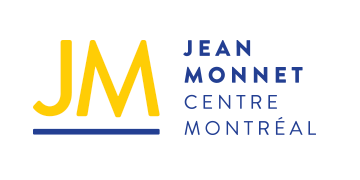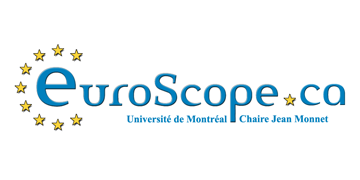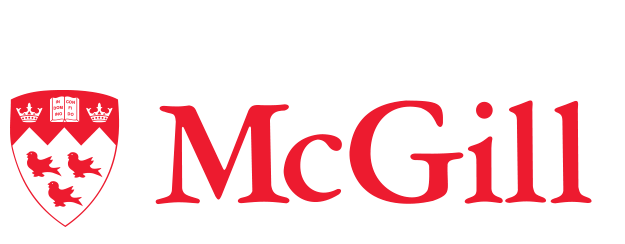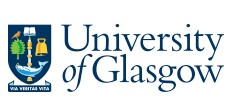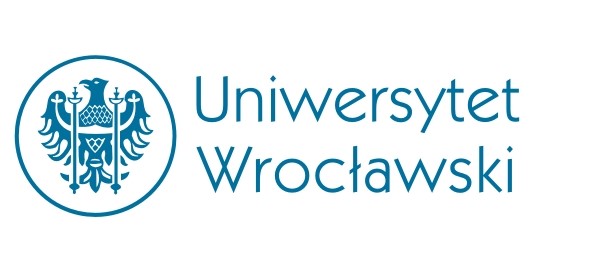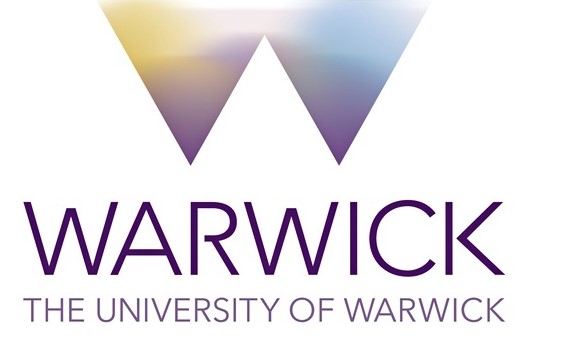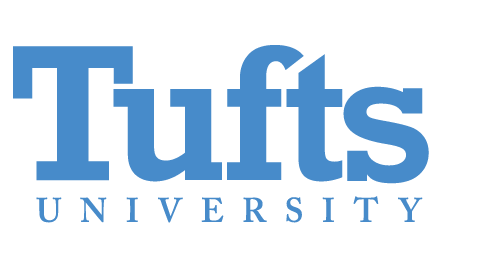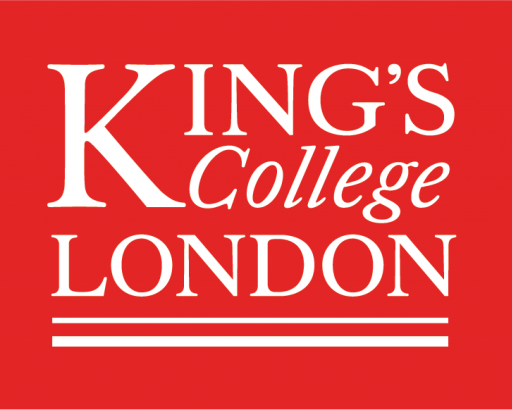Louis-Joseph Drapeau, February 2019
Considering my interest for the Baltic countries beforehand, this short one-week trip reassessed my desire to learn more about the historical, political and cultural contexts of the region. Moreover, it has been a notable field experience, giving me the opportunity to expand my knowledge on identity and minority-majority issues through a more practical lens.
Visiting two countries and three cities in such a short amount of time made me aware of a diversity of perspectives through the daily activities and talks and also through the architecture of the three cities. Whereas Tallinn’s picturesque and colorful old town makes pretty much the reputation of the city, the contrast is prominent with Riga’s old town which blends in among the many parks and the “art nouveau” district, while being seemingly a lot less touristic. Narva has its own fascinating charm, especially from a Westerner point of view, since the city is a depiction of socialist modernism, the architecture specific to the former Eastern bloc.
In terms of the daily activities, the museums of occupations were both really different. Riga’s own displayed an exhibition explaining the Soviet and German occupations from 1940 to 1991. Despite that few items from the time or testimonies of Latvians were displayed, I appreciated that along with the political impacts, a lot was shown regarding the social and cultural harms that ensued from both occupations. As for Estonia’s Museum of Occupations, the glass building gives off a sense of freedom, contrasting with the harsh content of the exhibition. The focus on personal experiences and testimonies to illustrate life under occupations is well documented with many photographs, letters and objects. The Žanis Lipke memorial in Riga embodies the occupations through the lives of Žanis Lipke and his wife Johanna, who rescued Jews during World War II. The conceptual bunker-like museum, built according to Lipke’s own, communicated the tense and grim atmosphere of what it might have been. The exhibition ends in the only light room of the museum, contrasting with feelings of hope and freedom symbolizing the end of occupations.
When it comes to Narva, it was a whole other experience. Sharing a border with Russia, this city of almost sixty thousand people has a specific identity, notably because Russian-speakers and ethnic Russians make up for most of the population. Indeed, the talk we had with academic Kristina Kallas, director of Narva College, enlightened me on the minorities’ integration issues in Estonia. Being the leader of the Political Party Estonia 200, it was also relevant to have her point of view on the upcoming parliamentary elections and on her party’s focal proposal to ease integration, from a young age, between Estonians and ethnic Russians/Russian-speakers, through the redesign of the country’s school boards. For me, this interaction with Kristina Kallas stood out from the other activities as we could have a native-based point of view on Estonia’s important socioeconomic and political issues.
I would like to thank the BEAR network for this amazing opportunity to partake in the field-trip. It stimulated my interest for post-Soviet states and Russia and in particular my desire to study the Baltic countries.


